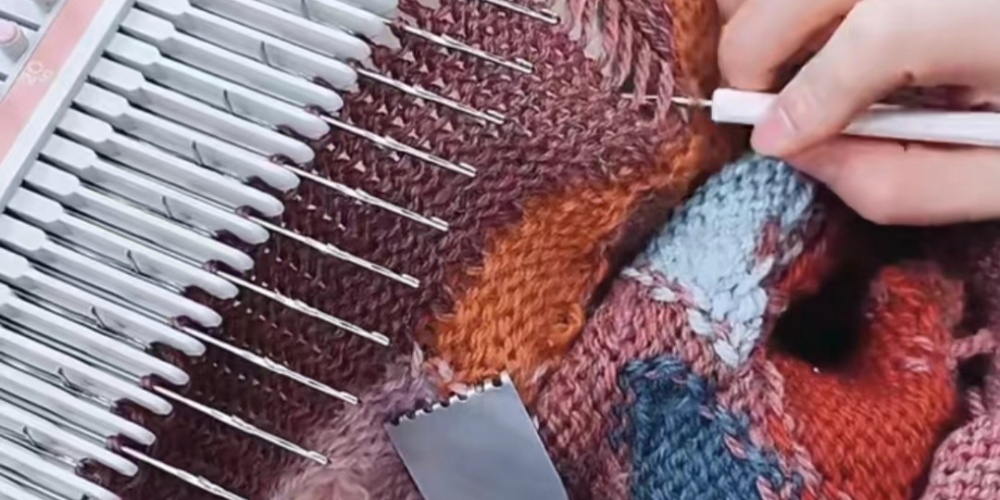Différences entre les quantités minimales de commande (QMV) pour le tricotage, le tissage, la teinture des fils et le tissage à navette
Auteur : Sophie Chen
Date : 29 décembre 2024
Dans l'article précédent Comment la taille des tissus affecte-t-elle la quantité minimale de commande ?, nous avons appris que la quantité minimale de commande (QMC) varie en fonction des différentes largeurs de tissu dans le processus de fabrication. Dans cet article, nous allons examiner plus en détail comment les processus de production, tels que le tricotage, le tissage, la teinture et le tissage par navette, influent sur la QMT. Si vous souhaitez en savoir plus, veuillez consulter le site suivant personnalisation en petites séries.
Dans de nombreuses industries, en particulier dans la production et la personnalisation de textiles, nous rencontrons souvent l'exigence d'une quantité minimale de commande (QMC). Cette exigence suscite souvent des questions de la part des clients lorsqu'ils passent une commande : Pourquoi certains produits doivent-ils être commandés en quantité minimale ? Pourquoi mon fournisseur me dit-il toujours qu'il est impossible de produire 20 pièces dans une couleur ou 10 couleurs avec 20 pièces chacune ? Pour répondre à cette question, j'ai rédigé une série d'articles intitulée "Pourquoi les partenariats personnalisés ont-ils une quantité minimale de commande ? Une analyse des multiples facteurs d'influence". Cet article explore l'influence du savoir-faire du tissage sur la quantité minimale de commande (QMC).
Tricotage et petites quantités
Caractéristiques du processus de production:
Le processus de production des tissus tricotés est relativement simple et implique généralement l'utilisation de machines à tricoter pour entrecroiser les fils afin de former le tissu. Par rapport aux tissus, les tissus tricotés offrent une plus grande élasticité et une plus grande souplesse de production. Le tricotage nécessite généralement moins d'ajustements de l'équipement et permet une production plus facile en petites séries. En outre, les tissus tricotés, tels que ceux utilisés pour les vêtements de sport, sont souvent facilement disponibles en stock sur le marché, ce qui permet de réduire le coût de production de ces types de produits. Par exemple, le MOQ pour une seule couleur est généralement d'environ 100-150 pièces.
Raisons d'une petite quantité:
Flexibilité de la production: Le processus de tricotage ne nécessite pas de réglages complexes de l'équipement et le cycle de production est relativement court. Par conséquent, les fabricants peuvent honorer de plus petites quantités de commandes dans un délai plus court.
Adaptabilité à la personnalisation de petits lots: La production d'étoffes tricotées peut être facilement adaptée aux besoins des clients en termes de style, de couleur et de caractéristiques des étoffes. Elle est donc idéale pour les petites demandes de production diversifiées et permet de réaliser des commandes personnalisées avec une quantité de pièces relativement faible.
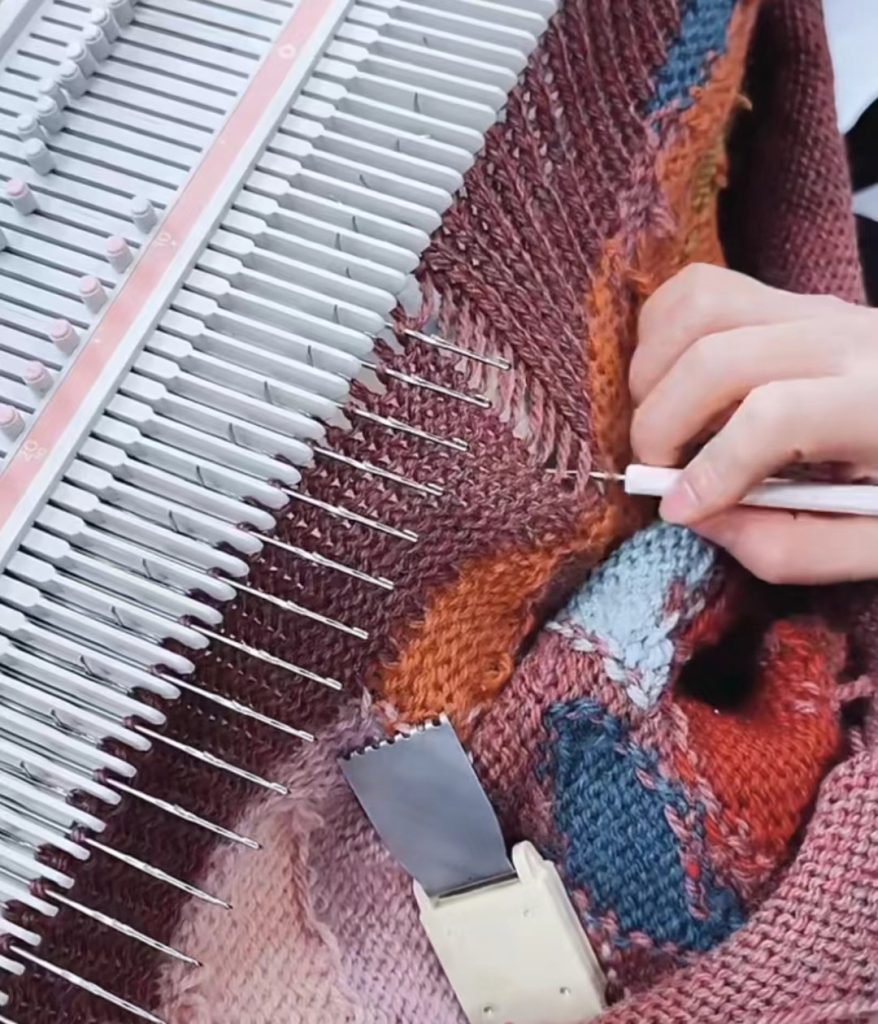
Tissage et quantité minimale de commande moyenne (MOQ)
Caractéristiques du processus de production:
Le processus de tissage implique généralement l'entrelacement de fils de chaîne longitudinaux et de fils de trame horizontaux à l'aide d'un métier à tisser pour former le tissu. Comparé au tricotage, le processus de tissage est plus complexe et nécessite un cycle de production plus long et davantage de réglages de l'équipement. La personnalisation des tissus tissés est très variée et il existe moins de tissus prêts à l'emploi sur le marché. Cela se traduit par une qualité de fabrication moyenne pour les produits en tissu. En outre, certains tissus sont produits à l'aide de techniques de tissage à la main, ce qui se traduit généralement par une QMT plus élevée. À l'heure actuelle, les tissus tissés à la main ont généralement une QMO de plus de 200 pièces, tandis que les tissus fabriqués à l'aide de métiers à tisser nécessitent généralement une QMO de 500 pièces ou plus.
Raisons pour lesquelles le MOQ est moyen:
Coûts d'équipement et d'installation: La production de tissus nécessite plus d'ajustements et de réglages sur les métiers à tisser, et le cycle de production est plus long. Par conséquent, les fabricants préfèrent généralement produire en plus grandes quantités afin d'amortir les coûts liés à l'équipement et à la mise en place de la production.
Des schémas de production plus fixes: La production de tissu implique moins de changements de style ou de variations de tissu au cours d'un même cycle de production. Le processus est généralement plus stable et nécessite des lots plus importants pour maintenir la cohérence de la production. Des changements fréquents dans la conception ou le matériau augmenteraient les coûts de production et perturberaient l'efficacité du processus, ce qui rendrait les petites séries moins rentables.
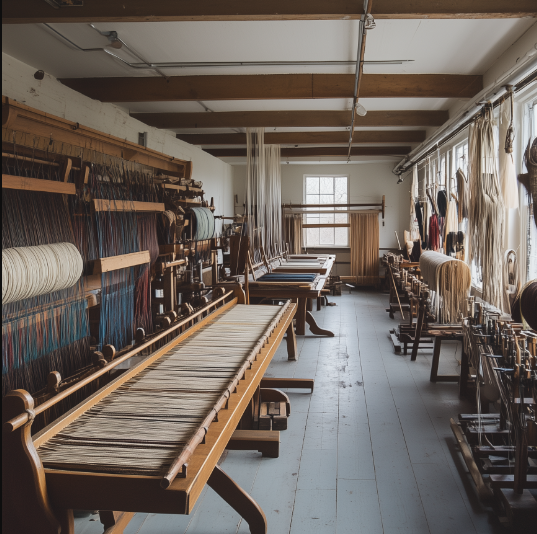
Teinture de fils (tissage de couleurs) et quantités minimales de commande importantes (MOQ)
Caractéristiques du processus de production:
Le processus de production des tissus teints en fil implique l'utilisation de fils de chaîne et de trame de couleurs différentes qui sont entrelacés au cours du processus textile. Cela nécessite un équipement très précis et un contrôle technique. Étant donné que la teinture en fil consiste à colorer les fils avant qu'ils ne soient tissés en tissu (par opposition à la teinture du tissu après coup), le processus est plus complexe et plus coûteux. Les tissus teints en fil sont fabriqués sur mesure et sont rarement disponibles sous forme de stock prêt à l'emploi, c'est pourquoi la qualité de fabrication se chiffre généralement en milliers d'unités.
Raisons d'une grande quantité de marchandises:
Coût élevé et processus complexe: La production de tissus teints en fil exige un contrôle précis de la teinture des fils, de la densité du tissage et de la conception des motifs. Cela rend le processus plus complexe et plus long. Pour garantir une qualité constante et minimiser le coût par unité, les fabricants préfèrent généralement passer des commandes de gros volumes qui leur permettent d'amortir les coûts de production plus élevés sur un plus grand nombre d'unités.
Exigences plus élevées en matière d'équipement: Les tissus teints en fil nécessitent un équipement spécialisé et une assistance technique. Les réglages et l'entretien de l'équipement de production sont coûteux, ce qui contribue à la nécessité de commander de plus grandes quantités pour atteindre la rentabilité. La haute précision requise pour la correspondance des couleurs et l'uniformité des motifs augmente le coût global de la production.
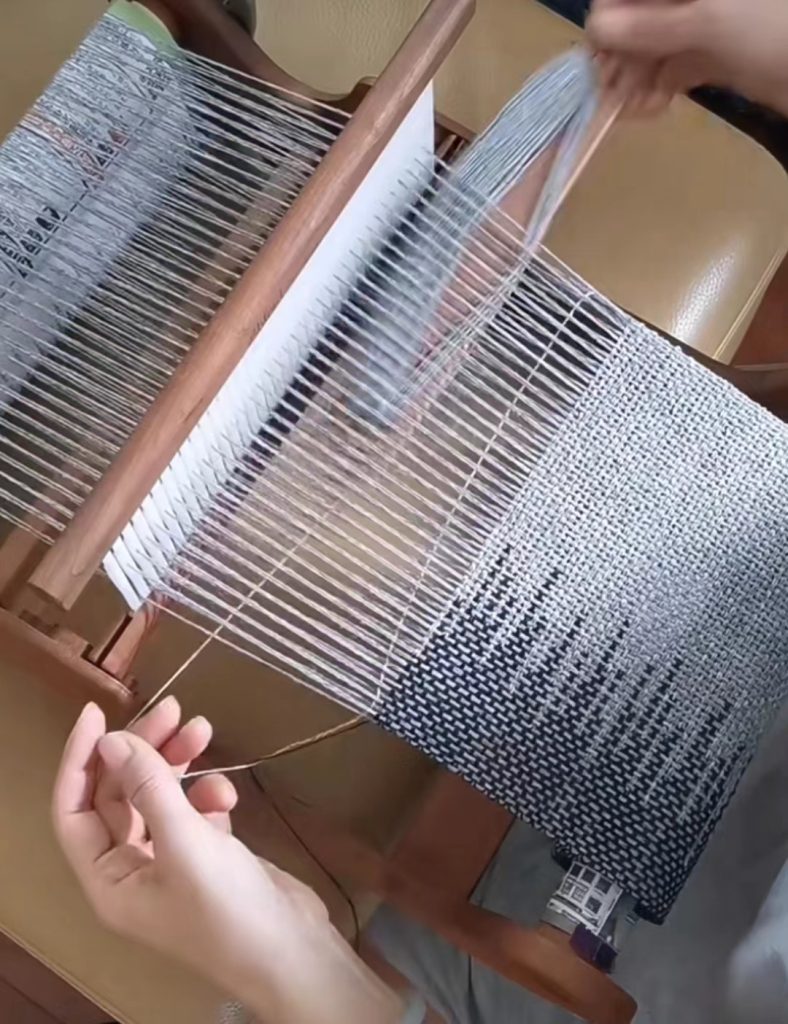
Tissage en navette et quantité minimale de commande flexible (MOQ)
Caractéristiques du processus de production :
Le tissage à la navette est l'une des méthodes de tissage les plus traditionnelles, dans laquelle une navette est utilisée pour faire passer le fil de trame à travers les fils de chaîne, les entrelaçant pour former le tissu. Les tissus tissés à la navette sont généralement connus pour leur durabilité et leur texture robuste, ce qui les rend adaptés aux tissus très résistants à l'usure, tels que les tissus pour costumes, les vêtements de travail et le linge de lit. Les tissus tels que la soie et la laine sont également largement utilisés dans le tissage en navette. En outre, le marché dispose d'un stock important de tissus tissés en navette, ce qui contribue à la flexibilité des MOQ dans le tissage en navette.
MOQ Caractéristiques :
Tissus en stock: Lorsque l'on utilise des tissus existants dans des couleurs communes, comme dans le cas des taies d'oreiller, le MOQ varie généralement entre 50 et 100 pièces par couleur.
Tissus teints sur mesure: Si une teinture personnalisée est requise, le MOQ s'élève généralement à 200 pièces ou plus par couleur.
Développement indépendant: Si le client n'est pas satisfait de la composition des tissus disponibles ou des techniques de tissage et qu'il demande un développement indépendant, le MOQ peut augmenter jusqu'à plus de 5 000 pièces pour justifier les coûts de développement et garantir un processus de production viable.
Bien que le processus de tissage par navette soit similaire à la production traditionnelle de tissus, l'entretien et le réglage de l'équipement prennent plus de temps, et le processus lui-même nécessite du temps et des coûts pour l'expérimentation. C'est pourquoi il est nécessaire de commander des quantités plus importantes afin d'améliorer l'efficacité de la production, de réduire les coûts et d'assurer la rentabilité.
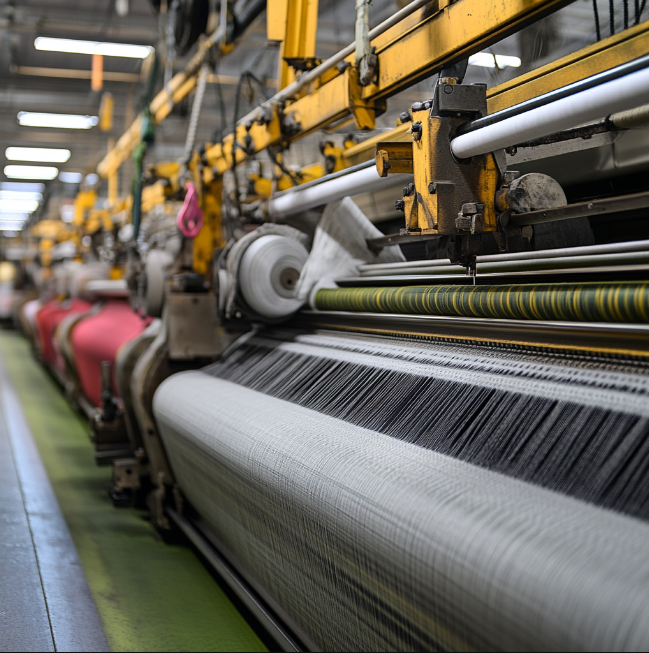
Résumé et recommandations
Si les entrepreneurs ou les marques en sont aux premières étapes de leur démarrage, il est conseillé d'utiliser des processus de tricotage pour créer des produits ou de choisir des tissus prêts à l'emploi tissés par navette avec teinture ou impression numérique. Ces options permettent de réduire les quantités minimales de commande (QMC) et offrent une plus grande flexibilité, ce qui convient mieux à la production à petite échelle.
Au fur et à mesure que l'entrepreneur ou la startup se développe et atteint une certaine échelle, je recommande d'expérimenter progressivement les processus de tissage et de teinture sur mesure, car ils offrent une plus grande souplesse de conception et des possibilités de différenciation.
Toutefois, en ce qui concerne la teinture des fils (tissage des couleurs) et le développement et la personnalisation des tissus tissés par navette, il s'agit d'un domaine qui requiert une grande prudence. Nous ne recommandons pas aux entrepreneurs ou aux marques en démarrage d'essayer d'imiter les techniques des marques de luxe dans ces domaines, car elles nécessitent des quantités importantes et s'accompagnent d'un temps et de coûts de développement considérables. Ce temps et ces coûts sont généralement absorbés par les marges élevées des produits de luxe ou des grandes marques. C'est également la raison pour laquelle le savoir-faire des marques de luxe et des grandes entreprises constitue une barrière à l'entrée pour les acteurs plus modestes.
Si vous souhaitez en savoir plus sur le tissu, l'artisanat, le processus de fabrication ou si vous avez besoin d'une coopération plus poussée, veuillez nous envoyer un courriel à l'adresse suivante vip@docsunhomeandliving.comou cliquez sur l'image ci-dessous pour visiter notre site officiel. Vous pouvez également visiter Docsun Silk pour des conseils quotidiens sur les tenues.


